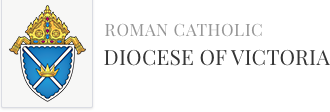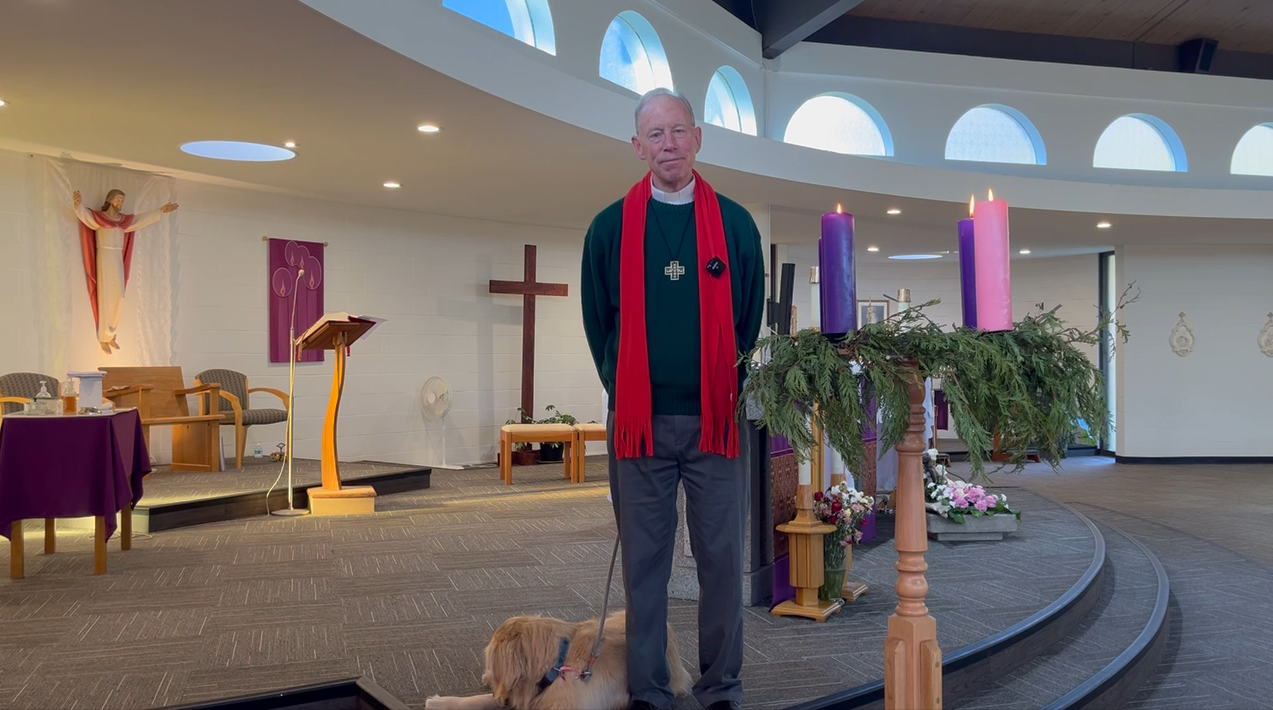On Saturday, January 27, 2018, the relic of St. Francis Xavier will visit St. Andrew’s Cathedral in Victoria, as part of its cross-country pilgrimage celebrating the close of Canada’s 150th anniversary year. The pilgrimage is a collaboration of the Archdiocese of Ottawa, the Jesuits in Canada, and Catholic Christian Outreach.
The relic pilgrimage is a gift for the Church in Canada, bringing the famous relic of St. Francis Xavier from Rome to North America for the first time in generations. This is a once-in-a-lifetime opportunity to venerate the incorrupt first class relic of one of the greatest missionaries and evangelists since St. Paul the Apostle.
This relic is the right forearm and hand of St. Francis Xavier. It is estimated he baptized more than 100,000 people with this arm. This relic remains in a reliquary in Rome at the Jesuit mother church, the Church of the Gesù. The remainder of his body is entombed in Goa, India.
His arm, as well as the rest of his body, is incorrupt. Saints are referred to as incorrupt when their body, miraculously, does not experience natural decay. It has been 465 years since his death.
The veneration of relics is a longstanding practice inside and outside the Catholic Church. Within Christianity, the practice rests on the belief that God came to humanity in the flesh, namely in the physical person of Jesus of Nazareth. Important sacraments of the faith also include water, wine and bread—physical elements that take on spiritual, supernatural value and characteristics. Similarly, the relics of saints provide for a tangible experience of God’s graces. As well, Catholics believe that saints can intercede for humanity, given their proximity to God in what is commonly referred to as the “Communion of Saints” or the Mystical Body of Christ.
For more information, visit www.cco.ca/relic.
About St. Francis
St. Francis Xavier was born in 1506 into Spanish nobility. In 1525, he went to study at the University of Paris where he excelled as an athlete and was very popular among his peers.
His roommate was the older St. Ignatius Loyola, whom he initially despised but who eventually became his mentor in faith. St. Ignatius facilitated St. Francis Xavier’s deeper conversion and his call to the priesthood. They, and a handful of friends, were inspired to found a new religious order: the Society of Jesus.
In 1540, at a moment’s notice, St. Francis Xavier was asked to replace another Jesuit on mission to Asia. He did not hesitate to follow God’s will. He had a charism of languages and could miraculously converse in the native language of those to whom he went. It was important to him that local disciples were raised up and equipped to continue ministering and evangelizing others in the region.
On December 3, 1552, St. Francis Xavier died in Shangchuan Island, within sight of his next mission, mainland China. He was only 46 years old.
Download this blog



.png)
.png)
